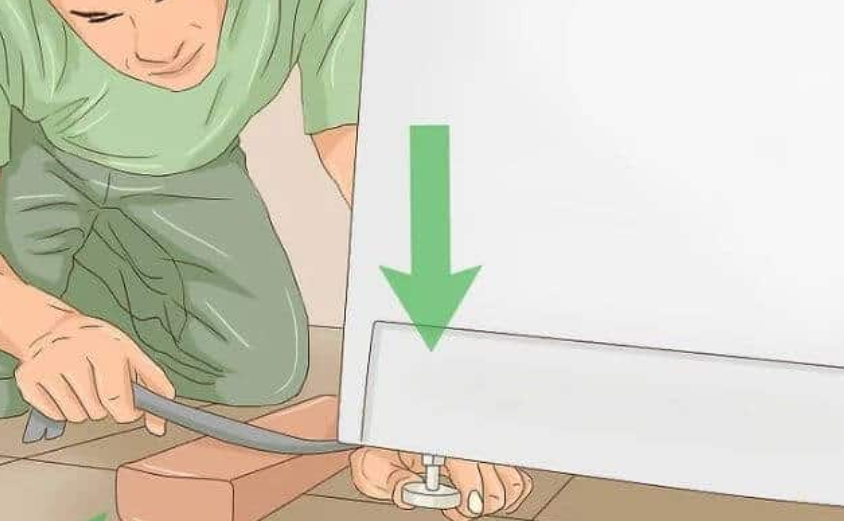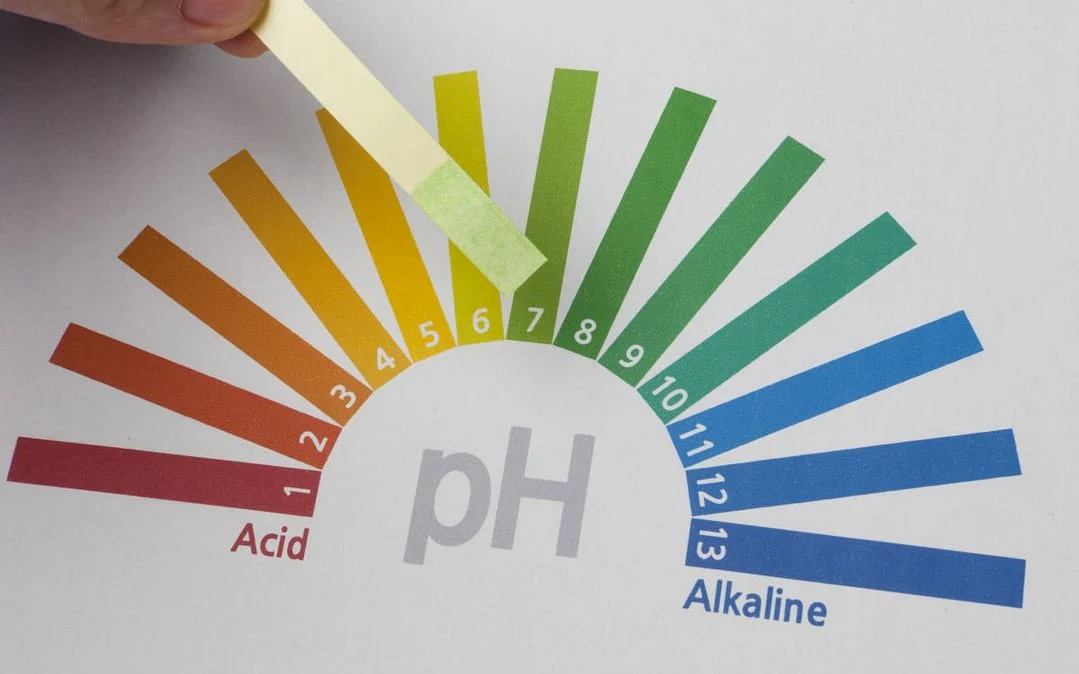Washing machine has sediment at the bottom – Causes and solutions
Washing machines are gradually becoming indispensable items in every modern family. However, after a period of use, many people encounter…
During use, sometimes the washing machine encounters damage that requires you to drain the washing machine to fix it. If you are experiencing this situation and do not know how to handle it, follow this article of THT Vietnam for details! Some reasons why the washing machine cannot drain water The washing machine won’t drain. […]
During use, sometimes the washing machine encounters damage that requires you to drain the washing machine to fix it. If you are experiencing this situation and do not know how to handle it, follow this article of THT Vietnam for details!
In this case, you need to turn off the machine and disconnect all power sources related to the washing machine. Then you find the drain pipe to pull the drain pipe up and then place the mouth of the pipe into a bucket or bucket of water in a lower position to drain the water.
You wait until the water inside has drained out and then reinstall the drain pipe as before. Next, you use a towel to wipe around the surface of the washing machine to carry out the inspection and repair process.
Incorrect installation of the exhaust pipe is also the cause of affecting the water supply and drainage process.
Proper installation means that the drain pipe is not bent, twisted or twisted. In addition, if the drain pipe is installed too high above the surface where the washing machine is placed, it will also directly affect the water discharge process.
Therefore, you need to observe, check and adjust the exhaust pipe installation position so that the discharge port of the pipe is lower than the floor level.
For this cause, you can fix it by checking the clogged location, then using your hands or feet to locate the clogged location, mark it, then use a hose to clean it.
To avoid this situation happening frequently affecting the washing process, you should check and clean the washing machine periodically. If you do not have time or the pipe is too clogged, you should call a repairman to support and maintain.
The reason the washing machine lid does not close tightly, leading to the water not being able to drain out, often happens with front-loading washing machines. Most washing machines, after closing the lid, will usually emit some sound or signal to let the user know that it has been closed properly. When you close it and do not hear any signal, it means that the washing machine lid is not closed tightly.
You should check and listen to the beep after closing the washing machine to ensure the washing and rinsing process is running normally without any problems.
Clothes that often have stubborn stains such as: work clothes, children’s clothes,… will use the soak wash program to remove stains more easily.
This soaking program takes a lot of time compared to the normal washing cycle. So the way to drain the washing machine is to wait for the cycle to end. However, if you want to drain immediately, just press the drain button on the machine and it’s done.
When you encounter a situation where the machine has a program error that prevents water from draining out, you should contact a reputable and trusted washing machine maintenance and repair center to check, fix and repair it.
When the washing machine’s belt breaks, the machine stops working and cannot perform the previously set washing process. This makes the washing machine unable to drain water out.
To fix this problem, remove the back cover of the washing machine and check if the belt is damaged, if so, replace it with a new one.
When the drain pump is broken, you need to use an electric meter to check whether the machine has power or not. If the power is normal and the machine is working properly, you should remove it to clean it and then reinstall it.
If the drain pump is damaged, you need to contact a reputable washing machine repair center for support and repair.
Step 1: Pull the machine away from the wall
If you are worried about the washing machine draining and scratching the floor, lift the washing machine and ask another person to help you put a towel, blanket or similar material under the floor, then do the same on the back. When ready, slowly pull the machine away from the wall until you see the drain.
If the washing machine is too heavy to move, open the lid and use a jug or bucket to remove some of the water inside. Or if you have removed the water but still cannot move the washing machine, ask another person to help.
Step 2: Proceed to remove the water pipe from the wall
When removing the hose from the wall bracket, be careful to keep the drain hose higher than the washing machine. This step is necessary because when you remove all the water from the drum, there will still be water underneath that you cannot see from the washing compartment.

Step 3: How to drain washing machine water into the container
To prevent water from flowing onto the floor, you need to put the drain hose into the bucket before lowering the water discharge pipe. When the faucet is lowered, water will flow out from inside.
Then, you observe when the water in the bucket is almost full, raise the drain head higher than the body of the washing machine to stop the draining process. Then, take the water in the container to pour and repeat until no more water flows out of the washing machine. Finally, lower the drain hose head into the container.

Step 4: Complete the process of draining water outside
To drain the machine completely, you need to lower the faucet to floor level. At this point, there will still be some water remaining inside the washing machine, so use a lower container that is close to the floor. Then, place it on its side and let the faucet drain until there is no more water flowing.

Step 1: Determine the location of the drain filter
You will need to look along the underside of the washing machine and find the small panel that houses the drain filter. Most of these panels are hinged and can be easily removed, if they are screwed into place, find a suitable screwdriver.

Step 2: Pay attention to safety when lifting the front of the washing machine.
The drain filter is located along the bottom of the washing machine so you should use a plate or something similar to catch the water from it.
Next, you should pull the washing machine away from the wall enough to tip it over slightly. Then, lift the front off the floor.
Finally, use bricks or blocks of hardwood to prop up the front corners to provide support while you work.

Step 3: Proceed to remove the control panel
To remove the control panel from the drain filter, you will need to place a towel directly under the air conditioner, on the floor. Then, place a shallow dish, funnel, or similar device to drain the water from the washing machine.

Step 4: Drain and repeat
Once the towel and plate are in place, remove the drain filter. This should be opened just enough to allow water to slowly drain out until the container is almost full, then screw the filter back in. Then pour out the drain water and repeat until no more water comes out of your washing machine.
Do not remove the filter completely as this will cause water to overflow from the machine at once and will also make it difficult for you to put the filter back in place.

Step 5: Lower the washing machine and drain any remaining water inside.
After draining, there will still be some water inside, we need to re-plug it. Next, remove the brick and put the machine back on the floor. To complete the process of draining all the remaining water in the washing machine, you just need to open the plug at the end of the hose to let the water drain out.

Before draining the washing machine, you need to note a few things:
Because when draining, water may overflow and cause electric shock to people around when coming close to the machine’s range.
Instead, if it is attached to your electrical system, turn off the built-in circuit breaker. Eliminate the risk of electric shock so you don’t have to deal with any unforeseen risks.
If your washing machine has a drain hose or port, you can use that. But if it doesn’t, you should have a bucket or similar container ready to carry the water somewhere else to dump it.
To ensure the washing machine drains effectively without spilling water outside. You need to prepare a few dry towels to wipe if there is any water dripping out.
In addition to towels, you can also use a cloth or tarp around your washing machine before doing so.
If you use hot water for the final wash, wait for the water inside to cool completely before draining it out. This helps ensure safety for you and your family, especially if you have small children.
The time it takes for the water to cool to a safe temperature will vary depending on your settings and your machine. As a precaution, wear safety gloves when you begin draining the washing machine.

Washing machines are gradually becoming indispensable items in every modern family. However, after a period of use, many people encounter…

In the cosmetics industry, especially in the field of detergent production, pH is one of the most important factors that…

In the increasingly competitive cosmetics market, building a private label brand is not just about beautiful packaging or a massive…